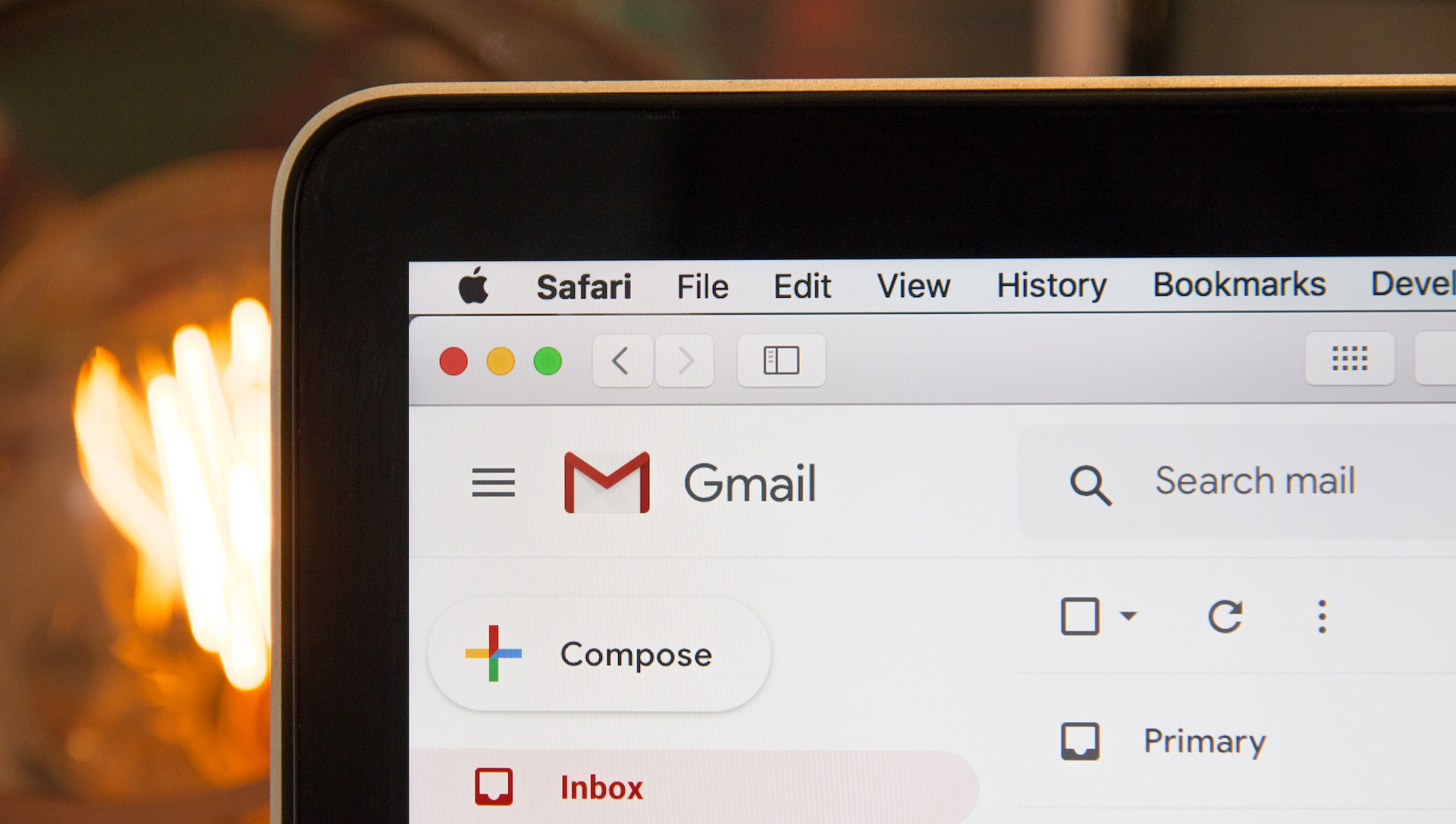In the evolving landscape of digital marketing, email remains a powerful tool to engage, inform, and convert prospects. However, not all emails are crafted equally. There are two predominant types of email outreach in today's market: warm email and cold email. The distinction between them often serves as the linchpin to an effective marketing strategy. Warm emails leverage existing relationships and engage readers with personalized content, while cold emails reach out to new potential clients without prior interaction. This guide will dive into the nuanced differences, strategies, and best practices for both warm and cold emails, aiming to equip marketers with the knowledge they need to maximize their outreach efforts.
Understanding Warm Emails
Warm emails are a crucial aspect of marketing, especially when it comes to nurturing relationships with existing contacts or leads. These emails are often personalized and cater to an audience that already has some level of familiarity with your brand, product, or services. Let's explore the key aspects.
Definition and Characteristics:
- Personalized Content: Warm emails contain tailored information that speaks directly to the recipient.
- Previous Interaction: These emails are sent to contacts who have previously engaged with your company in some way.
- Targeted Approach: Often part of a segmented campaign, targeting specific interests or behaviors.
Benefits of Warm Email Marketing:
- Higher Engagement Rates: Due to personalization and relevance, warm emails often enjoy higher open and click-through rates.
- Building Relationships: They foster a connection by acknowledging previous interactions and aligning with the recipient's interests.
- Enhanced Trust: The prior connection and personalized touch enhance trust and credibility.
Examples and Use Cases:
- Follow-Up After Purchase: Thanking a customer for their purchase and providing related recommendations.
- Content Sharing: Sending targeted content like a blog post or ebook that aligns with their past behavior or expressed interests.
- Invitations to Events: Inviting recipients to an exclusive webinar or local event based on their previous interactions with your brand.
Understanding warm emails and incorporating them into your marketing strategy can dramatically increase engagement and help you build long-term relationships with your audience. By recognizing past interactions and tailoring content to individual needs and interests, warm emails transcend mere communication, turning into a conversation that resonates with recipients. Whether it's following up on a previous purchase or sharing content that might be of interest, these targeted and personalized efforts pave the way for successful email marketing.
Exploring Cold Emails

Cold emails represent a different facet of email marketing, aimed at recipients with whom you have had no prior interaction. Unlike warm emails, these messages often act as the first point of contact, and thus, they come with their unique set of strategies and considerations. Let’s delve into the essential elements.
Definition and Characteristics:
- No Prior Interaction: Cold emails are sent to potential customers without previous engagement or relationship.
- General Content: Typically, these emails contain more generalized content, unlike the personalized content found in warm emails.
- Initial Outreach: Often used as an introductory tool to present a product, service, or idea to potential clients or partners.
When to Use Cold Email Marketing:
- Lead Generation: Targeting potential customers who might be interested in your products or services.
- Partnership Outreach: Reaching out to potential business partners, affiliates, or collaborators.
- Product or Service Promotion: Introducing a new offering to a broad audience that hasn't engaged with your brand before.
Techniques and Common Pitfalls:
- Effective Subject Lines: Crafting compelling subject lines to encourage opens.
- Value Proposition: Clearly communicating the value or benefit to the recipient.
- Avoiding Spam Filters: Ensuring that emails comply with legal regulations and avoid words or practices that trigger spam filters.
- Call to Action: Including a clear and concise call to action, guiding the recipient on what to do next.
- Over-automation Pitfall: Avoiding overly generic and automated content that lacks personal touch, as it may deter engagement.
Cold email marketing, when done correctly, can open doors to new opportunities and markets. However, it requires careful planning, precise targeting, and adherence to best practices to avoid common pitfalls. By respecting the recipient's inbox, focusing on delivering value, and crafting engaging content, cold emails can be a powerful tool in your marketing arsenal. The above insights act as a guiding principle to ensure that your cold email campaigns resonate with the recipients, even in the absence of prior interactions.
Strategies for Crafting Warm and Cold Emails
Creating effective warm and cold emails requires a keen understanding of the audience, the purpose of the email, and the nuances that make each type unique. Below are strategies that can be applied to both warm and cold emails, each tailored to the specific approach.
Tips for Personalization:
- Use the Recipient’s Name: Personal touch enhances engagement.
- Tailor the Content: Align the message with the recipient's interests or past interactions.
- Segment Your Audience: Different groups may require different messaging; segmenting allows for more targeted communication.
A/B Testing and Analytics:
- Test Different Elements: Try different subject lines, content layouts, or call-to-actions to see what works best.
- Measure Engagement: Track open rates, click-through rates, and conversions to understand performance.
- Adjust Based on Insights: Use the data gathered to continuously refine and improve your email strategy.
Call to Action Optimization:
- Make It Clear: The recipient should know exactly what action you want them to take.
- Place It Prominently: Ensure the call to action is easy to find and stands out.
- Align with the Content: Ensure that the action aligns with the overall message and offers value.
Warm Email-Specific Strategies:
- Build on Previous Engagement: Reference past interactions or purchases to strengthen the connection.
- Create a Sense of Community: Involve them in a community by offering access to exclusive content or events.
Cold Email-Specific Strategies:
- Craft an Intriguing Opening: The first sentence should grab attention and spark interest.
- Focus on Benefits, Not Features: Highlight how the recipient will benefit from your product or service.
- Provide Social Proof: Including testimonials or notable partnerships can increase credibility.
Both warm and cold emails serve essential roles in marketing, but the strategies to optimize them differ slightly. Warm emails benefit from personal connections and community building, while cold emails often rely on intrigue and clear benefits. By understanding these nuances and applying the above strategies, marketers can craft emails that not only resonate with the recipients but also drive the desired actions, whether it's nurturing an existing relationship or forging a new connection.
Comparative Analysis of Warm vs. Cold Emails
Effectiveness and Response Rates:
- Warm Emails: Tend to have higher open and click-through rates due to personalization and existing relationships.
- Cold Emails: Often experience lower open rates as recipients may be unfamiliar with the sender, requiring careful crafting to encourage responses.
Cost and ROI Comparisons:
- Warm Emails: Generally cheaper due to existing lead information and often yield higher ROI as recipients are more likely to engage.
- Cold Emails: Can be more expensive, involving extensive research and list building, and may lead to potentially lower ROI if targeting is imprecise.
Ethical Considerations:
- Warm Emails: Usually perceived as more welcome since the recipient has prior engagement, and less risk of being flagged as spam.
- Cold Emails: Must strictly adhere to legal regulations, and there's a risk of being perceived as intrusive if not handled properly.
Best Use Cases:
- Warm Emails: Perfect for nurturing existing relationships, upselling, and delivering targeted content.
- Cold Emails: Best suited for lead generation, partnership outreach, and breaking into new markets or demographics.
Challenges and Solutions:
- Warm Emails: The main challenge is avoiding redundancy or over-communication. The solution lies in using segmentation and tailoring content to keep emails engaging.
- Cold Emails: The key challenge is overcoming a lack of familiarity and trust. Building credibility through clear value propositions and social proof can solve this issue.
Understanding the differences between warm and cold emails is essential for any marketer aiming to develop a balanced and effective strategy. While warm emails focus on nurturing and converting existing leads, cold emails open doors for expansion and new opportunities. This comparative analysis offers insights into the unique characteristics, benefits, and challenges of each approach, guiding marketers in aligning their email campaigns with overall business goals.
Best Practices and Tools
Implementing successful email marketing campaigns, whether warm or cold, requires adherence to best practices and the integration of tools that can enhance efficiency and effectiveness. Here's what to consider.
Best Practices for Cold and Warm Emails:
- Understanding Your Audience: Segment and target your emails based on the recipient's interests, behavior, and previous interactions.
- Crafting Relevant Content: Design your emails to be engaging and provide value, highlighting the benefits to the recipient.
- Optimizing for Mobile: Ensure your emails are responsive and look great on all devices.
- Compliance with Regulations: Adhere to legal requirements, such as GDPR in Europe and the CAN-SPAM Act in the United States.
- Measuring and Analyzing: Continuously track the success of your campaigns through open rates, click-through rates, and conversions to refine your approach.
Tools for Effective Email Marketing:
- Email Automation Platforms: Tools like Mailchimp, HubSpot, Mailtrap, or Brevo can automate your email campaigns, allowing for segmentation, scheduling, and analytics.
- A/B Testing Tools: Platforms that allow you to test different versions of your emails to determine what resonates best with your audience.
- Lead Generation Tools: Solutions such as Hunter.io or Snov.io can aid in finding potential leads for cold emailing.
- Analytics and Reporting Tools: Consider integrating tools that provide in-depth analysis and reporting on your email campaigns, enabling you to make data-driven decisions.
Considerations for Warm Emails:
- Personalization Tools: Utilize software that enables personalization at scale, creating individualized content that resonates with your audience.
- Customer Relationship Management (CRM) Systems: Platforms like Salesforce or Zoho CRM can help track previous interactions and tailor your warm emails accordingly.
Considerations for Cold Emails:
- Cold Email Outreach Platforms: Tools like Lemlist or Woodpecker specialize in cold email outreach, providing templates, tracking, and follow-up automation.
- Verification Tools: Services like NeverBounce or ZeroBounce can validate email addresses, reducing bounce rates.
By embracing these best practices and incorporating the right tools, marketers can significantly enhance the success of their warm and cold email campaigns. Recognizing the unique needs of each approach and utilizing specialized platforms for personalization, automation, and analysis will lead to more engaging, compliant, and effective campaigns. The combination of strategic thinking and technological support is the pathway to a sophisticated and successful email marketing strategy.
Conclusion
Cold and warm emails each play a vital role in a comprehensive email marketing strategy. While warm emails build on existing relationships and engagements, cold emails pave the way for new opportunities and connections. The success in both approaches lies in understanding their unique characteristics and applying specific techniques and tools tailored to each. By adhering to best practices, utilizing advanced platforms, and continuously monitoring and refining the strategy, businesses can leverage both warm and cold emails to achieve their marketing goals. The information provided in this guide serve as a roadmap for marketers to create meaningful and effective email campaigns that resonate with audiences, whether nurturing existing relationships or forging new ones.
Use the SaveMyLeads service to improve the speed and quality of your Facebook lead processing. You do not need to regularly check the advertising account and download the CSV file. Get leads quickly and in a convenient format. Using the SML online connector, you can set up automatic transfer of leads from Facebook to various services: CRM systems, instant messengers, task managers, email services, etc. Automate the data transfer process, save time and improve customer service.
